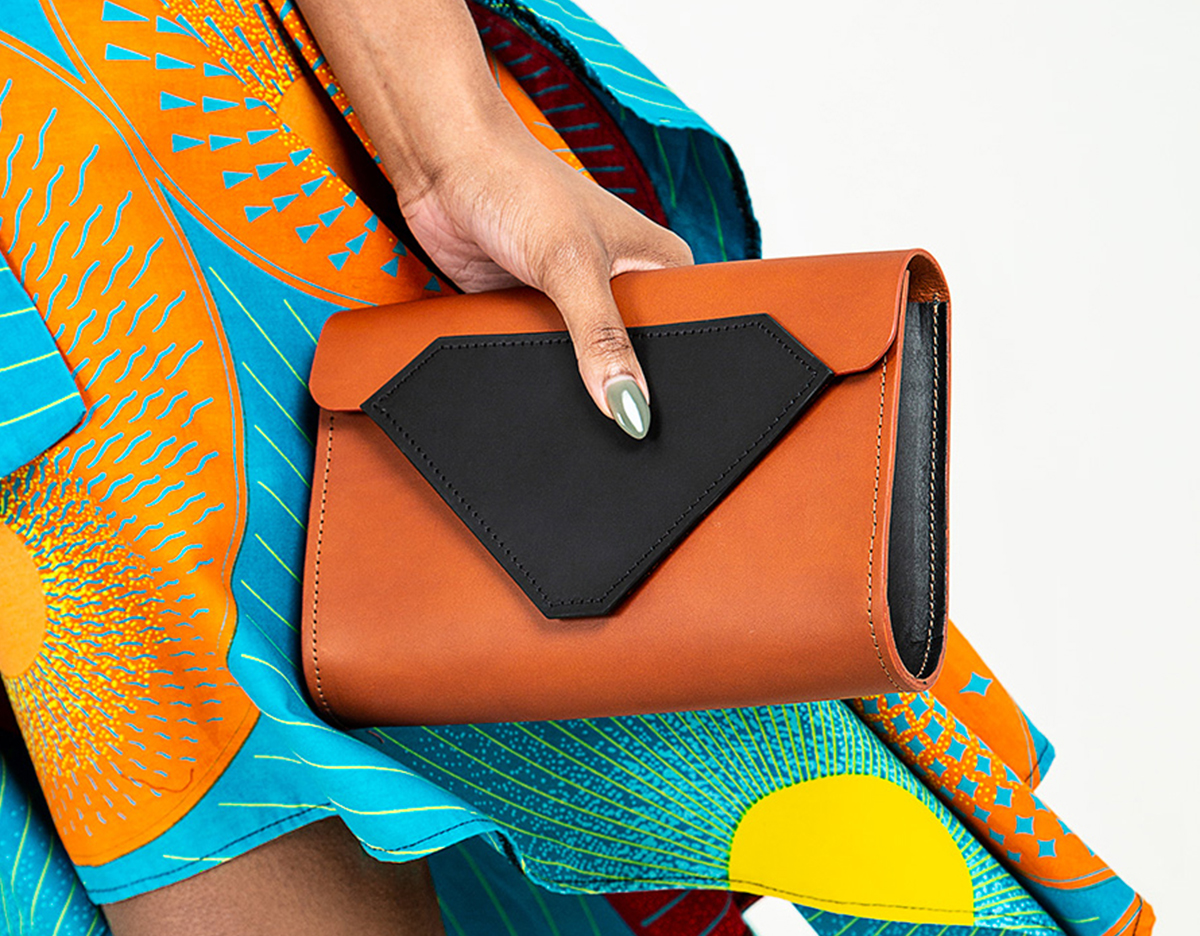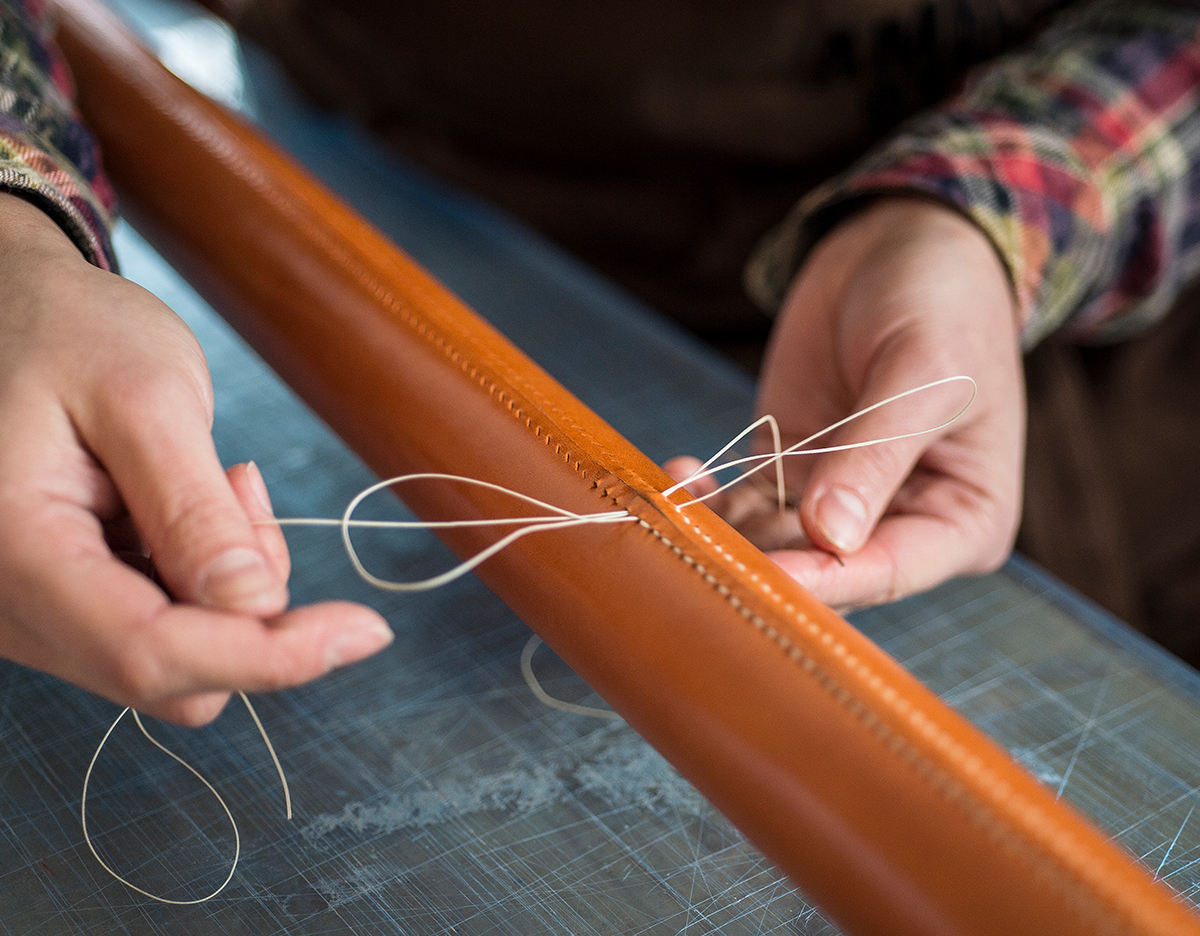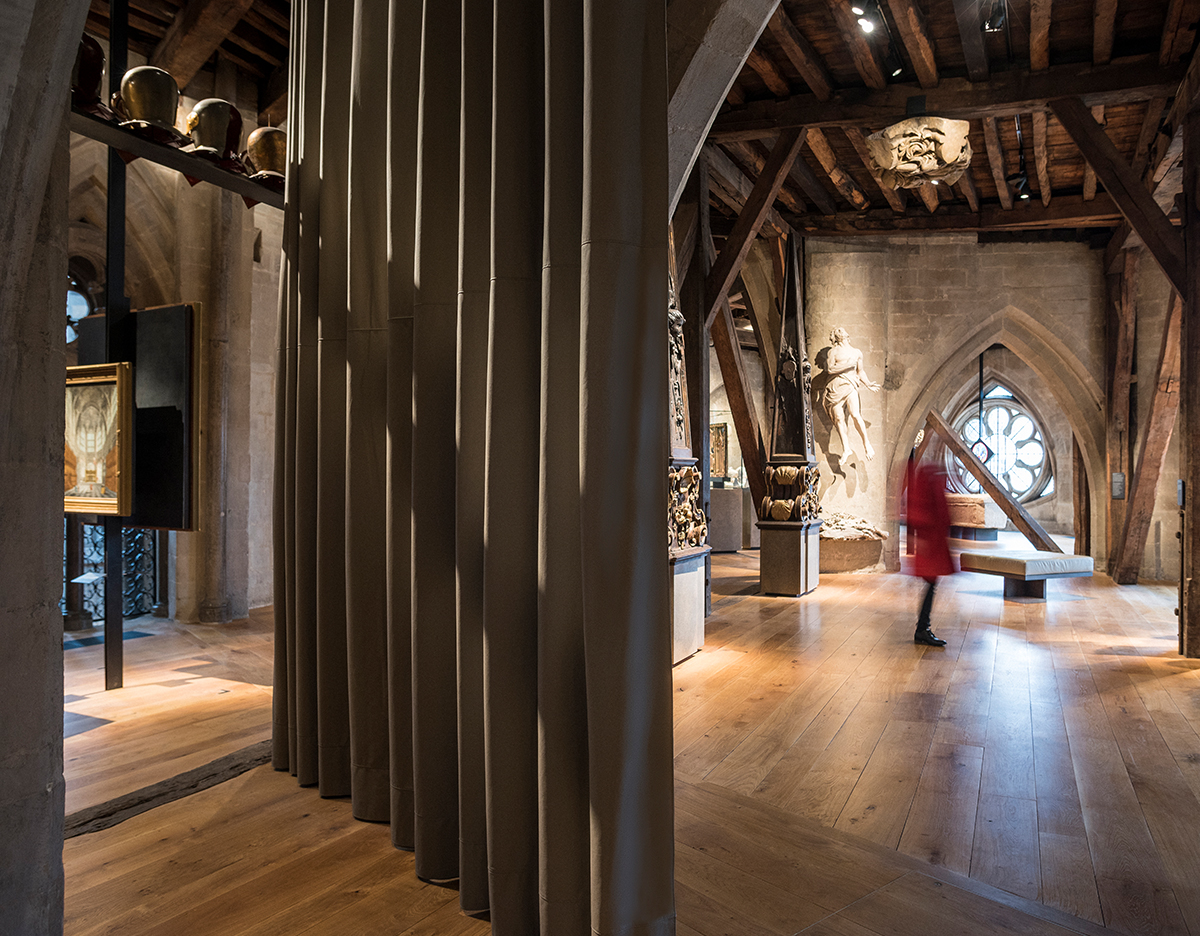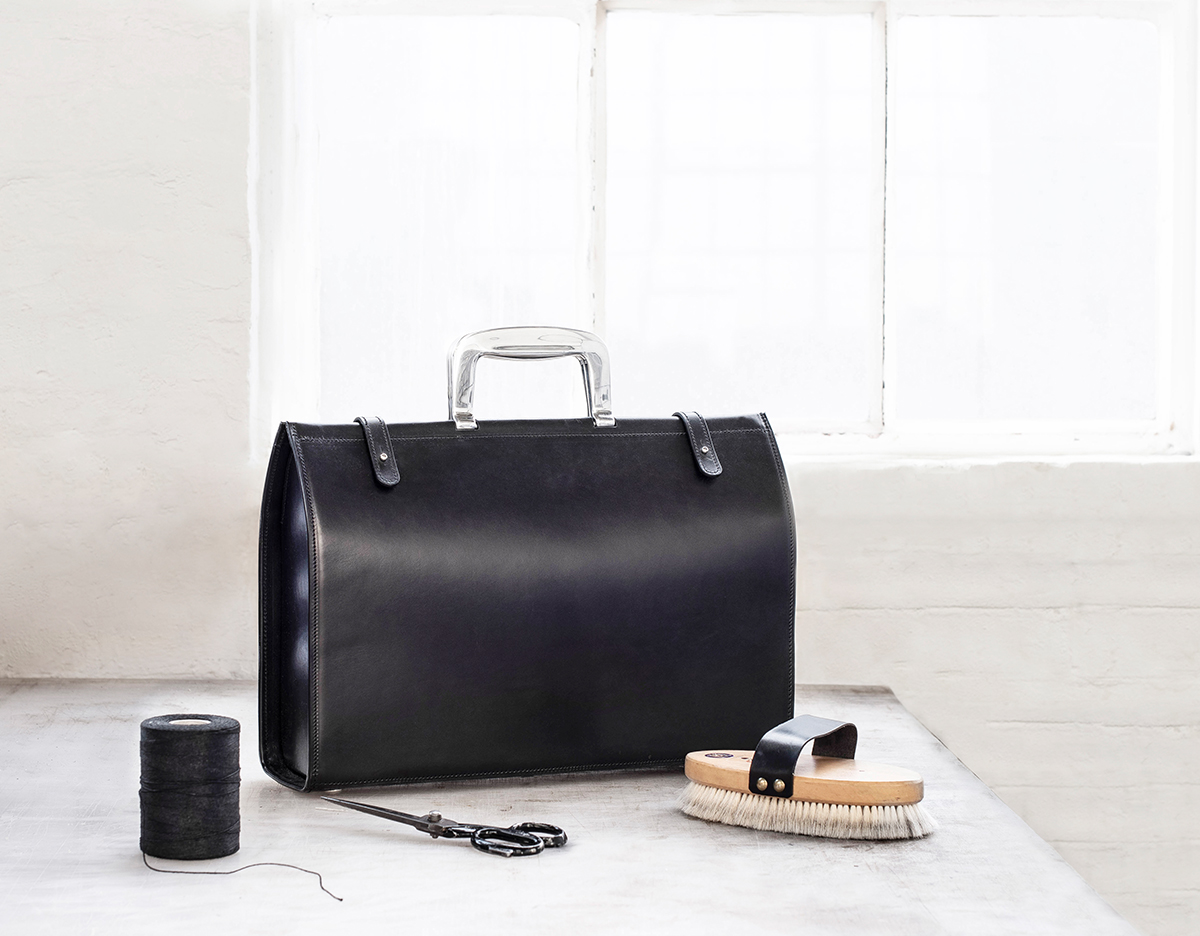Von Stephen Sothmann, Echtes Leder. Stay Different. - einer Kampagne zur Förderung der nachhaltigen Qualitäten von Leder und zum Einsatz von Slow Style gegenüber Fast Fashion.
How many industries can claim to divert
[1]4.5 million tonnes of potential waste from landfill every year? How many can boast of converting unwanted materials into stylish, long-lasting products that grace catwalks and adorn some of the world’s most prestigious buildings and luxury homes? The leather industry can – an industry that is far more sustainable than it’s often given credit for. It doesn’t kill for its art, but rather upcycles animal hides that would otherwise be thrown away. For an insight into this inherently sustainable process, we spoke to three leather specialists who are turning waste from the meat and dairy industry into worth.
Zero waste

“
We don’t really believe in waste”, says Nicholas Muirhead, joint managing director of The Scottish Leather Group, reputedly the UK’s largest manufacturer of leather. If you’ve flown with Emirates, cruised on a Princess Yacht or taken a spin in an Aston Martin, you may well have experienced (or sat on) the company’s craftsmanship. The Group’s mission is to ensure that the beef industry’s unwanted animal hides are rescued, re-used, re-processed and upcycled into high quality luxury leather, avoiding the otherwise huge environmental impact of those hides being left to rot in landfill.
“
Scottish Leather Group alone saves up to 100 tonnes of cow hide from going to landfill every day. That’s equivalent to the weight of well over 2,300 double-decker buses per year,” says Muirhead.
The company, which claims to produce
the world’s lowest carbon leather, sources its leather locally as part of its commitment to sustainability and reducing its carbon footprint.
This commitment dates back to 2003, when the Group first launched its
zero waste strategy, with the goal of reaching zero embedded carbon and sending zero waste from the manufacturing process to landfill by 2025. Is it on track to meet its target? According to 2020 data, it has already cut its waste to landfill by 81% thanks to measures such as innovative tanning methods and recycling its waste water back into production. And it expects to reach its 2025 goal ahead of time via capacity investment in its unique Thermal plant and the complete utilisation of renewable heat.
Save our seas

Sustainable luxury handbag and accessories designer Tatum Diamond shares Scottish Leather Group’s drive to eliminate waste, but of a different sort. Her business is rooted in
her passion for the ocean and her commitment to protecting marine life by reducing plastic waste.
That’s one of the reasons why she uses leather, a durable, long-lasting material, to create versatile products that people can use for every occasion, whether they’re walking the dog or dining out, and will want to keep forever. The fact that this leather is a by-product of the meat and dairy industries is also significant.
“
More leather than we actually use – the hides themselves – end up in landfill rather than being used to create bags, shoes and jackets,” she says, “
Instead we create new products that are damaging to the environment.”
For Tatum, using a vegan or PU (polyurethane) leather simply doesn’t fit with her philosophy. That’s because it’s made from crude oil and ultimately ends up as waste at the bottom of the sea, harming the animals that try to eat it.
“
I don’t want to waste what we already have,” she says. These aren’t just empty words. Tatum ensures that every piece of leather gets used – even the smallest offcuts are made into earrings.
Use or lose

Renowned leather designer Bill Amberg, founder of the eponymous
Bill Amberg Studio and the man behind the original Paul Smith bags, believes that we have a simple choice: “
to use the hides from animals that are raised and killed for their meat, or allow these materials to be burned or sent to landfill.”

Amberg chooses to use rather than lose this precious resource, for bags and accessories, furniture and interiors. His iconic ‘Rocket Bag’ is
part of the permanent collection in London’s V&A and New York’s Metropolitan Museum of Art, while his craftsmanship can also be seen in The Royal Academy of Arts, Harrods and even Westminster Abbey. Visit the Abbey’s upper galleries and you can’t fail but miss the dramatic
custom leather curtains designed to provide a backdrop and UV protection to the precious artefacts on display. The curtains were so large and heavy that Amberg and his team had to use techniques and hardware typically used in yacht sail making!
Asked why he chooses to use leather over alternatives such as vegan or faux leather, leatherette or faux suede, he says that they’re “
less hardwearing, far harder to repair, and in our opinion, considerably less beautiful. These materials are often characterised by a short working life and hundreds of years in landfill; to say nothing of the environmental impact of their production.”
While some plastics are vital to modern human existence,
Bill Amberg feels strongly that they should be treated as a precious and limited resource, rather than being used to mimic leather, “
a material that is vastly superior, and a by-product of the food industry.”
New lease of life
In many ways, leather making is the ultimate in upcycling, turning one industry’s trash into treasure. And leather craftsmen take pride in breathing new life into materials that would otherwise be thrown away.
As handbag designer Tatum Diamond puts it, “There is a rare, powerful beauty in taking what has been discarded or dismissed, and letting it live again.”

So, what’s it to be: 4.5 million tonnes of landfill, and the associated greenhouse gas emissions, or a lifetime of beautiful bags, shoes, belts, jackets, upholstery and interiors?
Stephen Sothmann,
Real Leather. Stay Different.